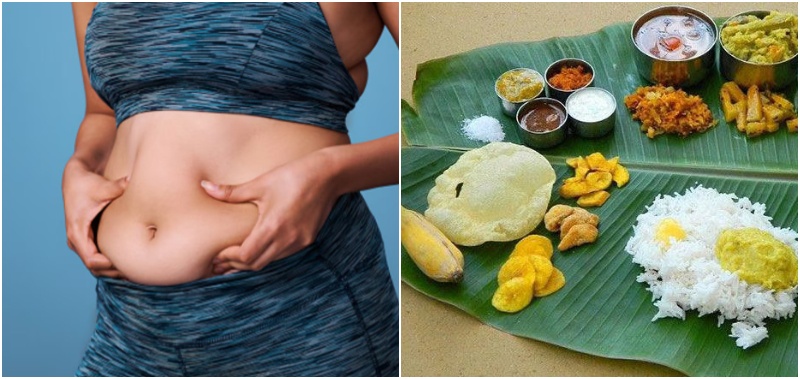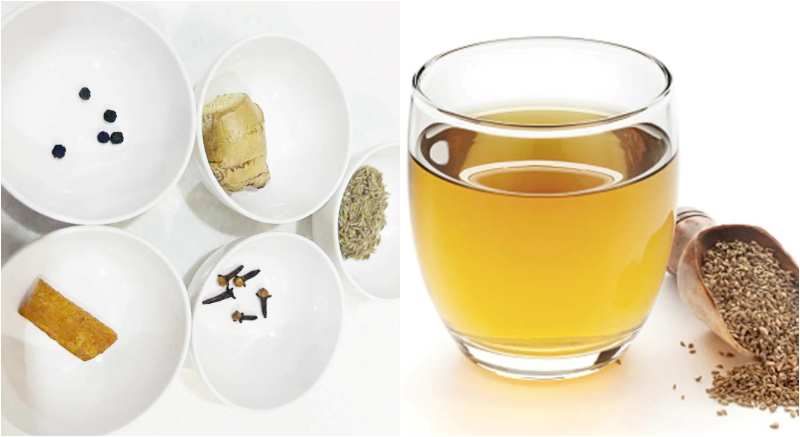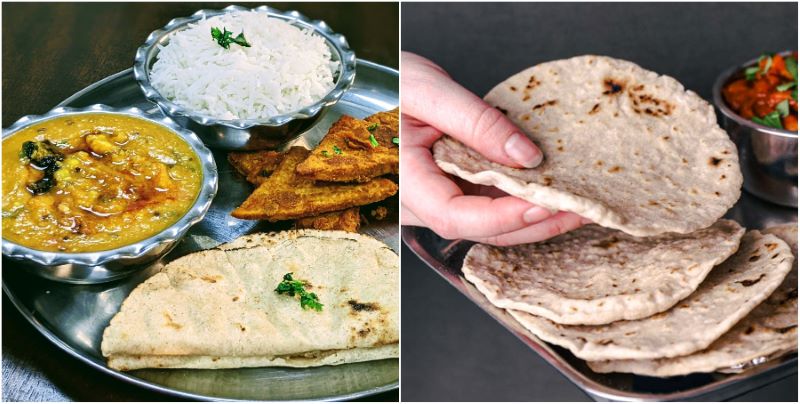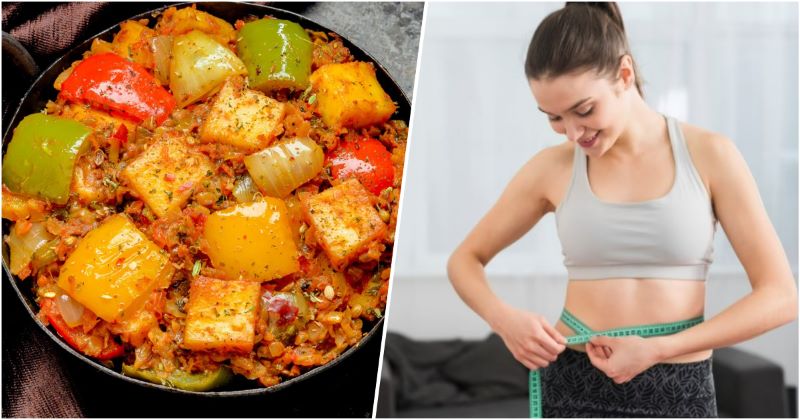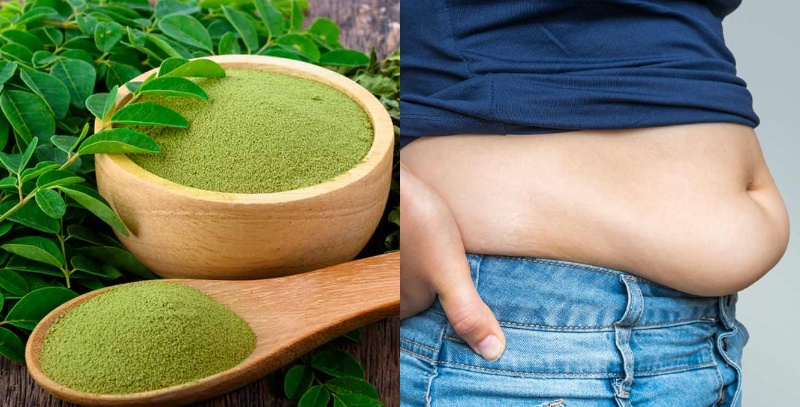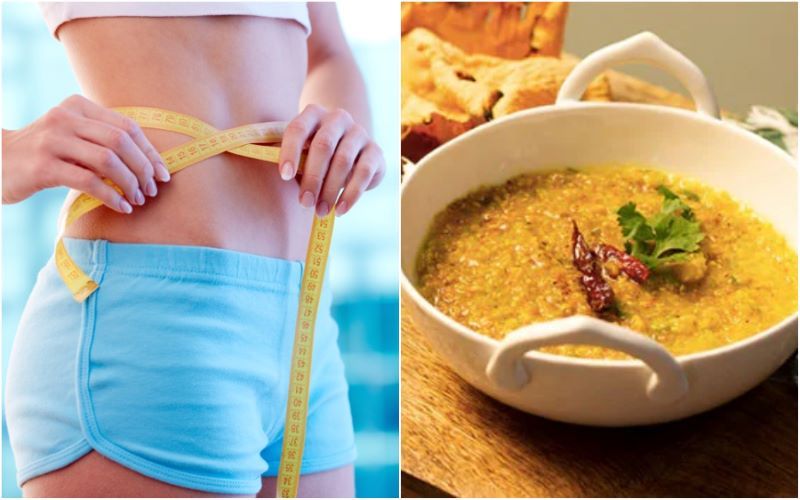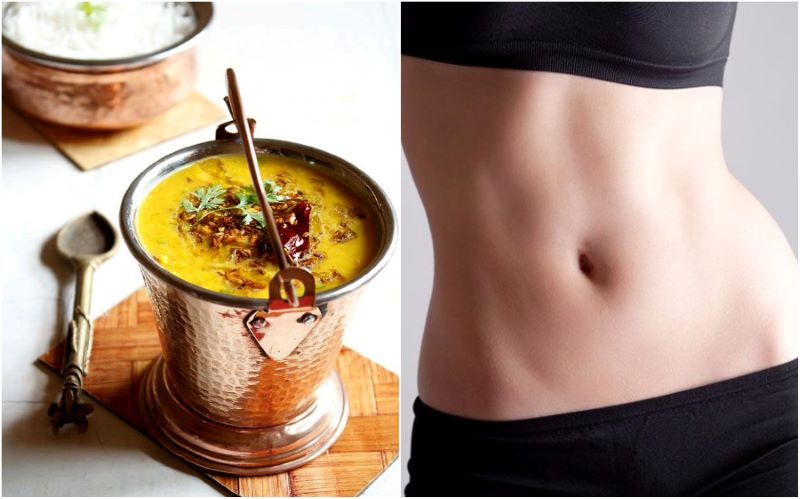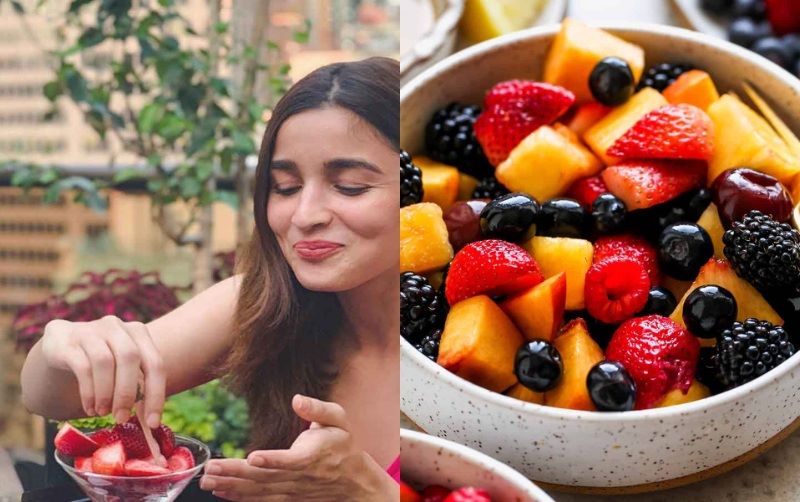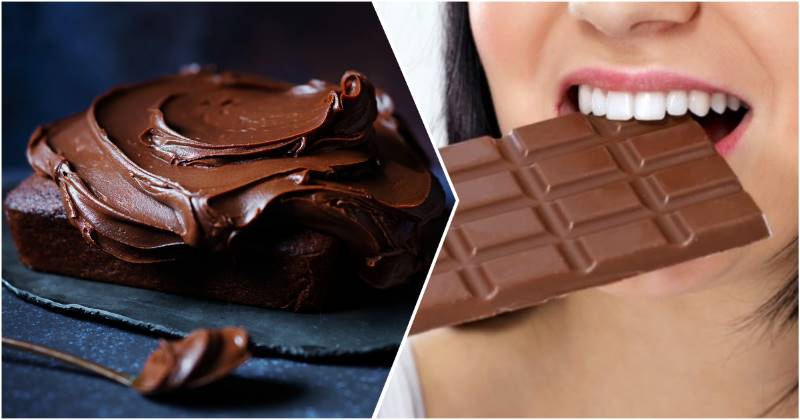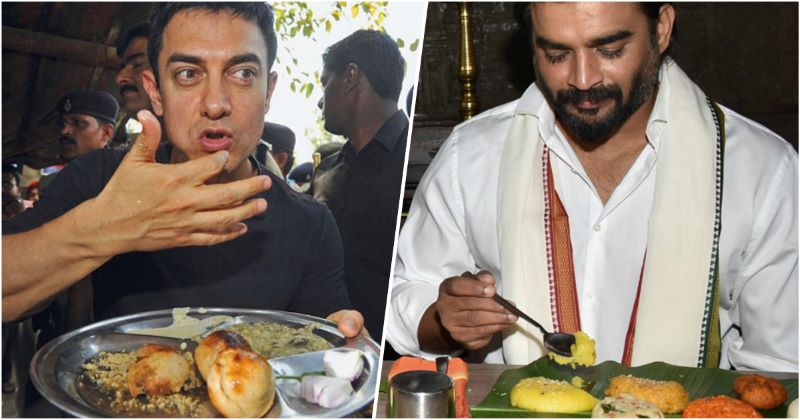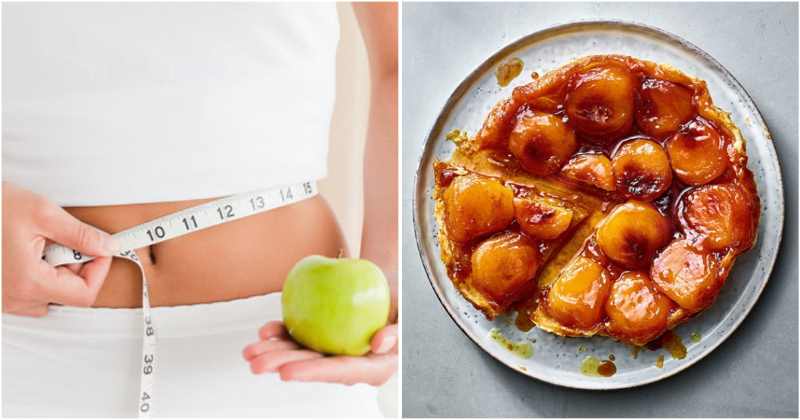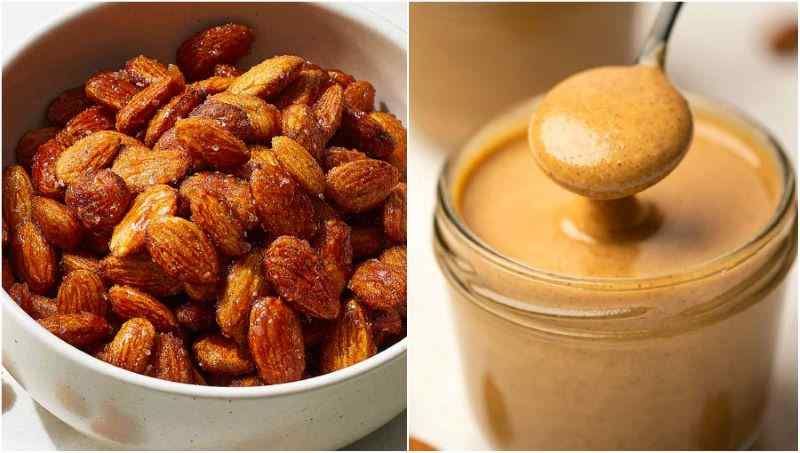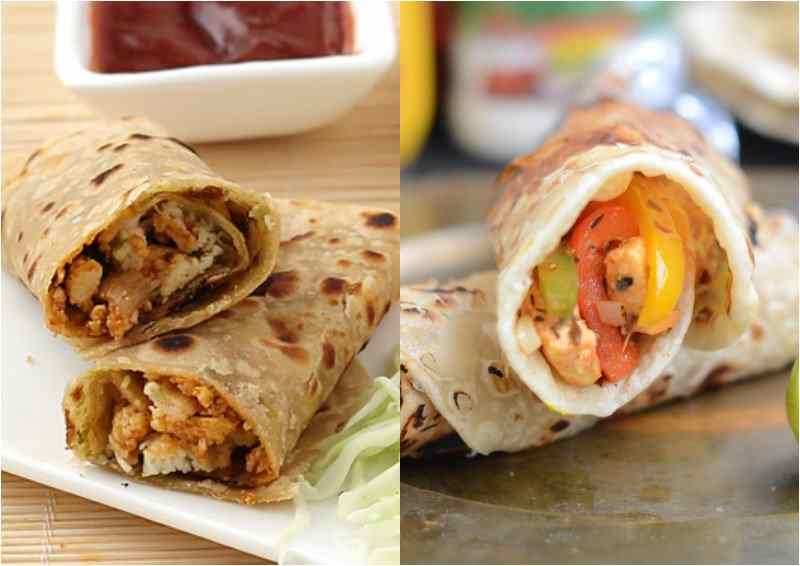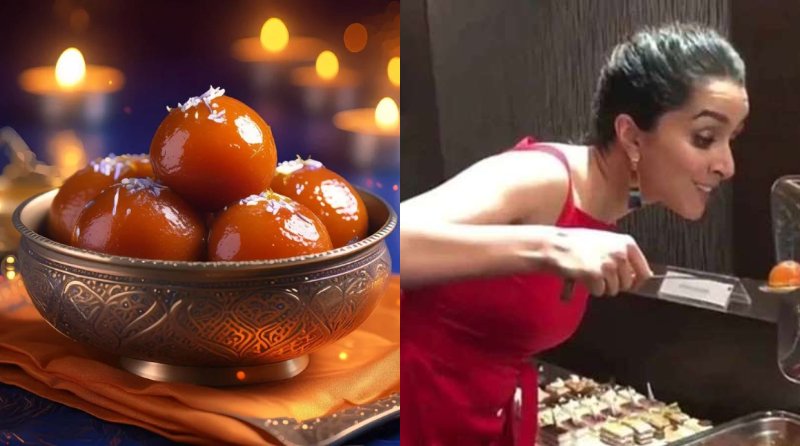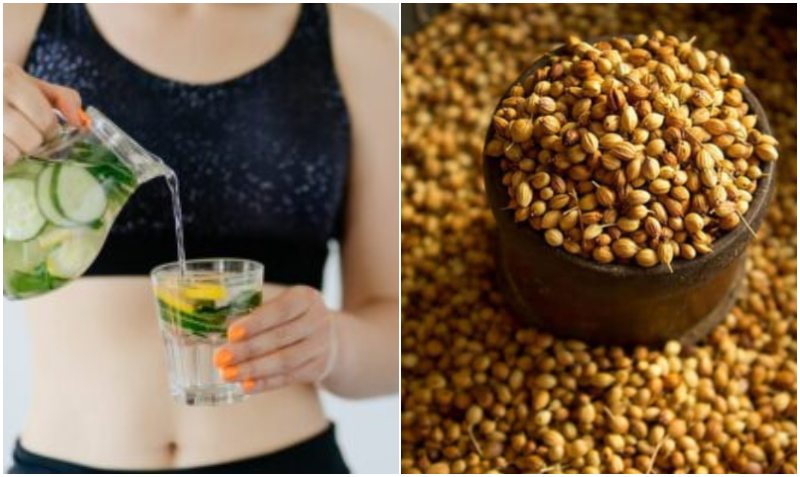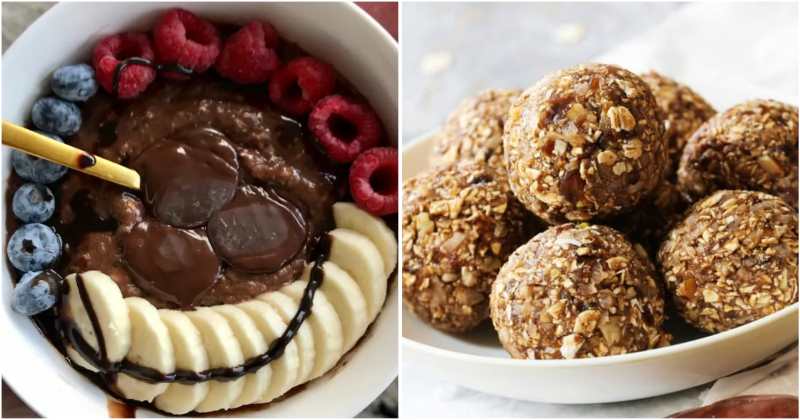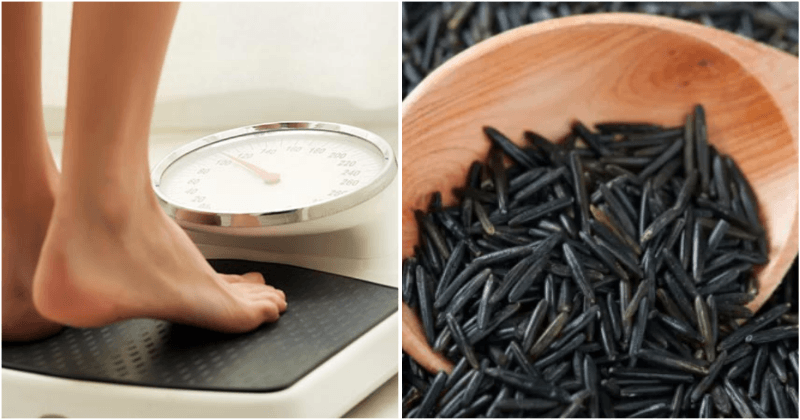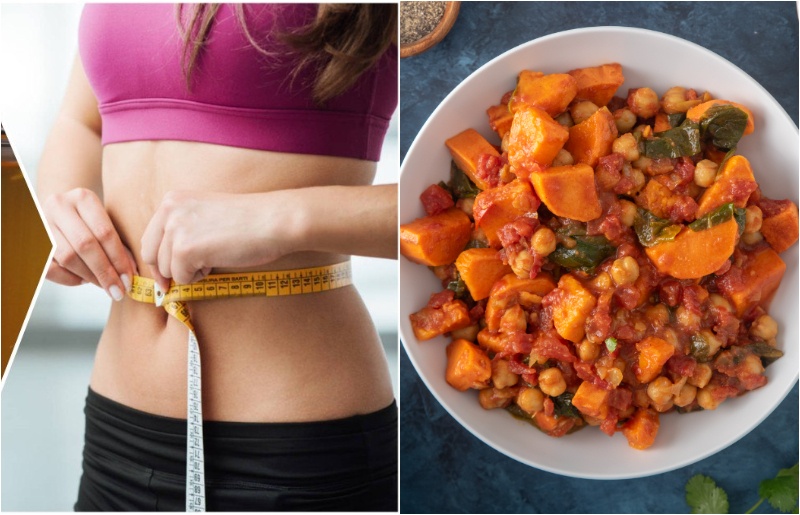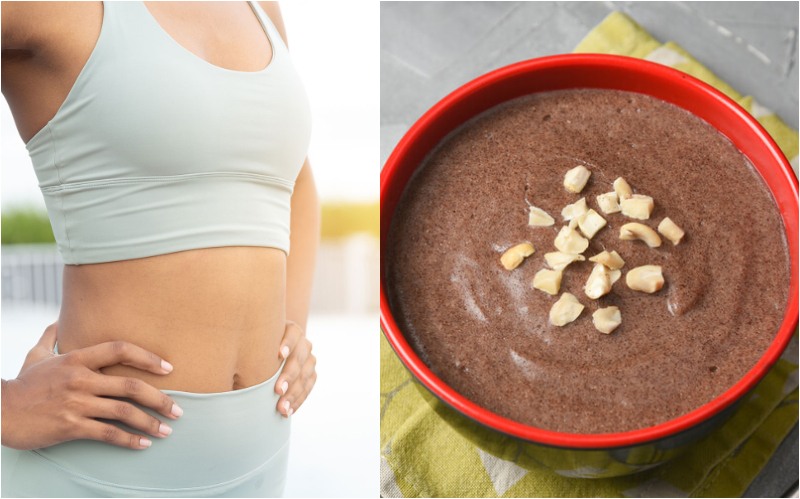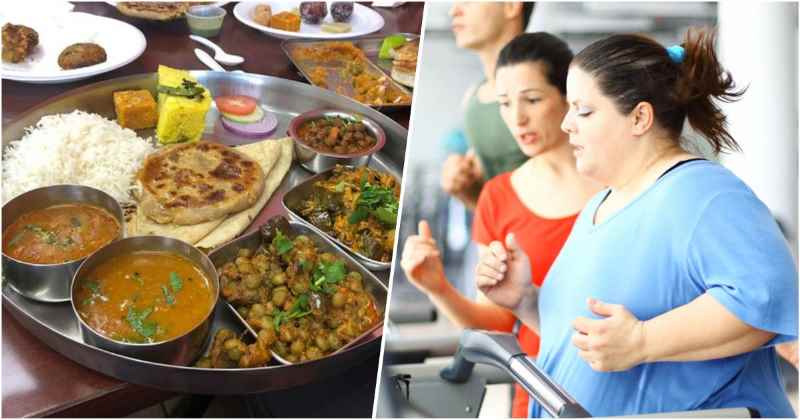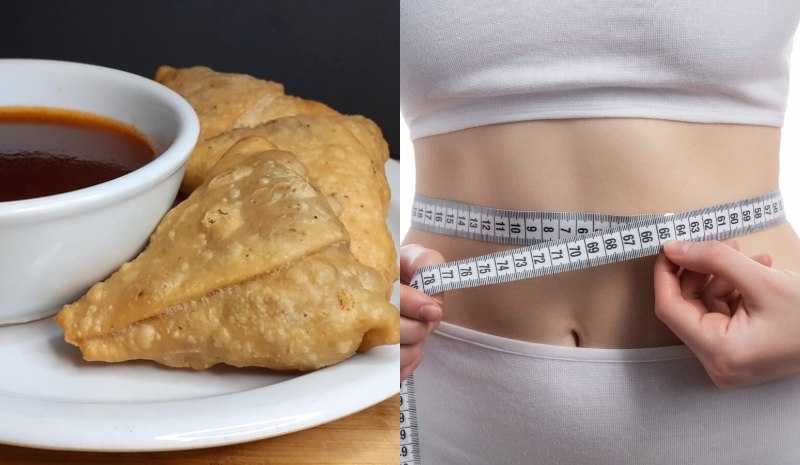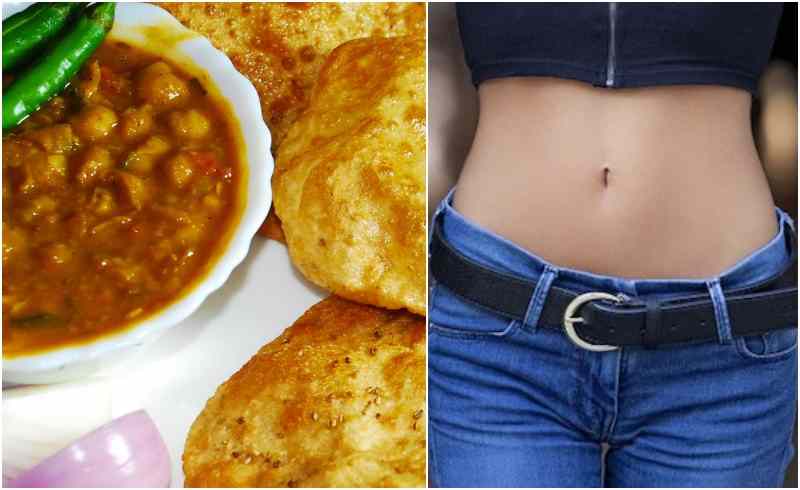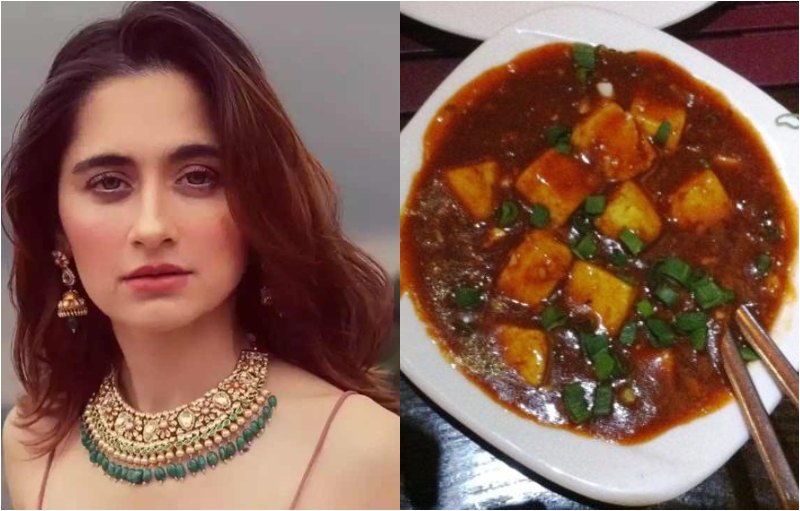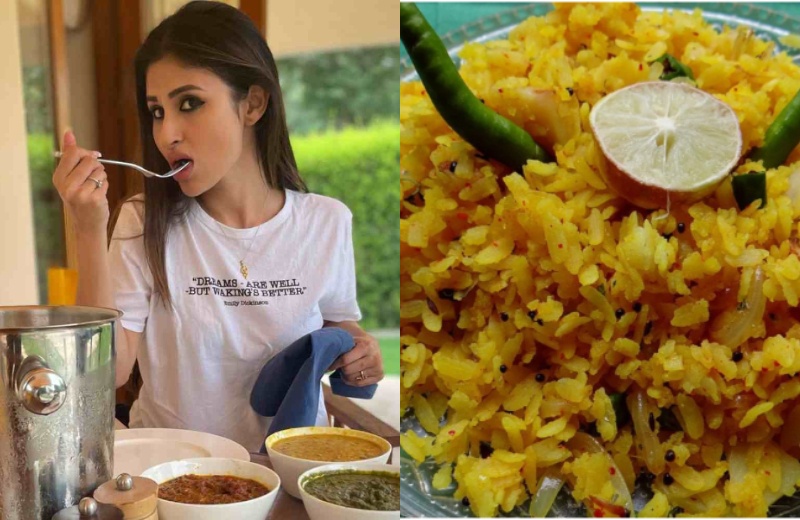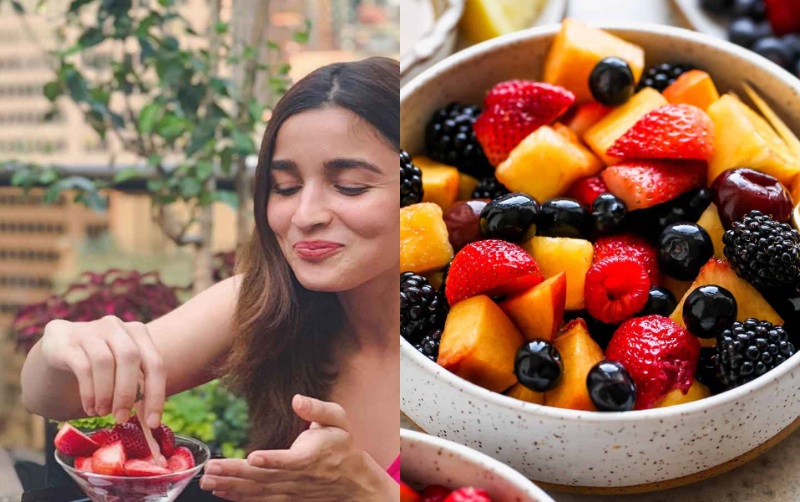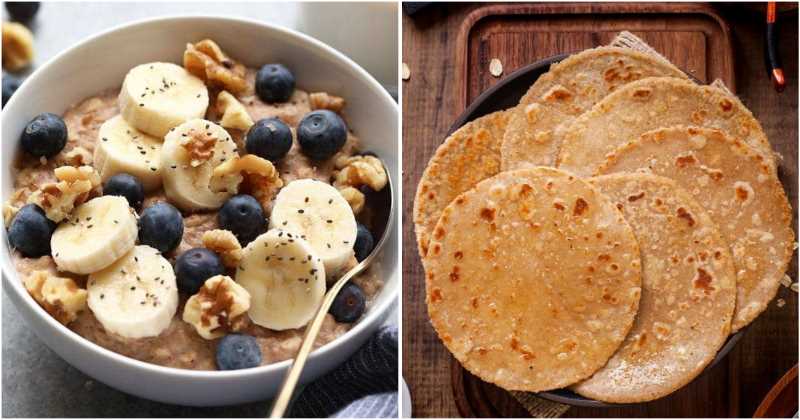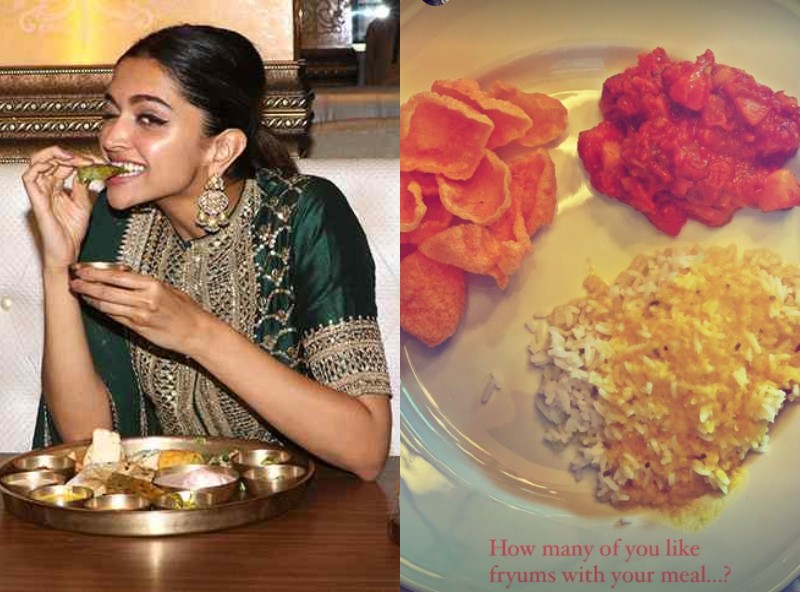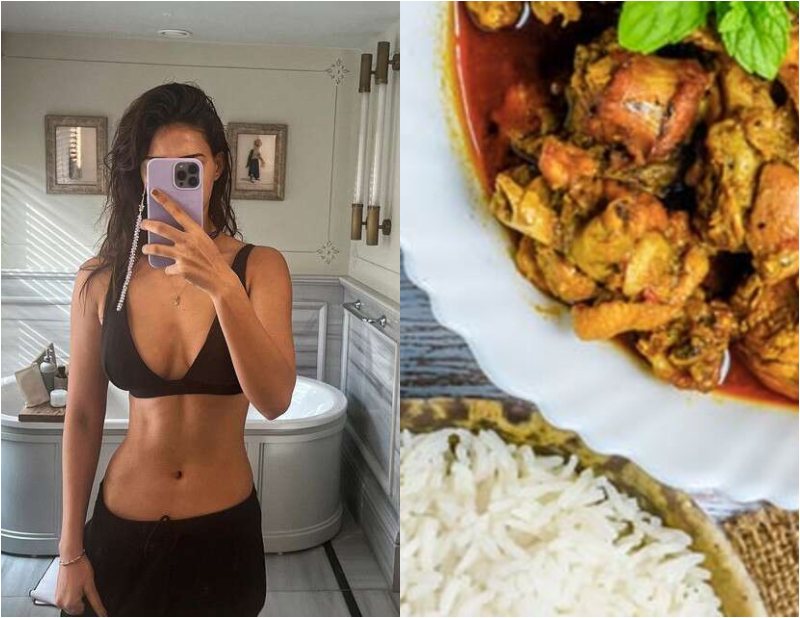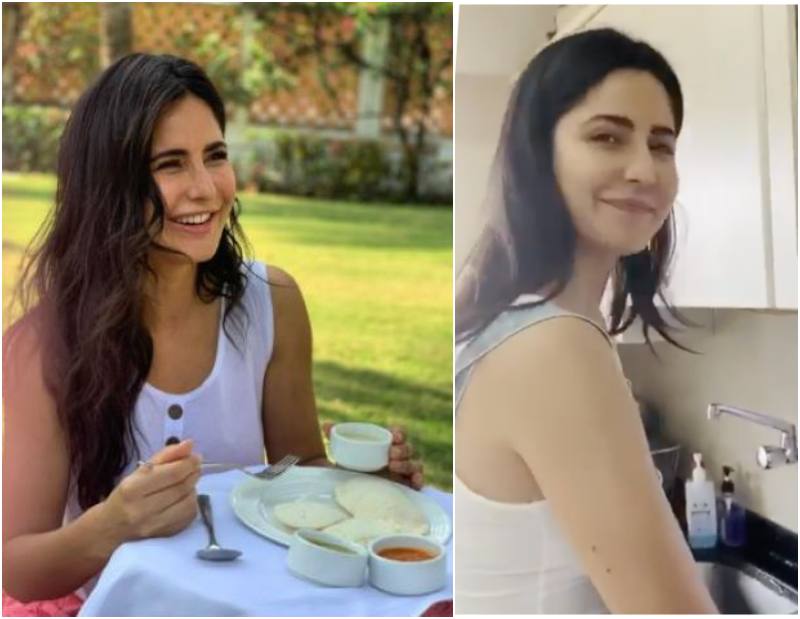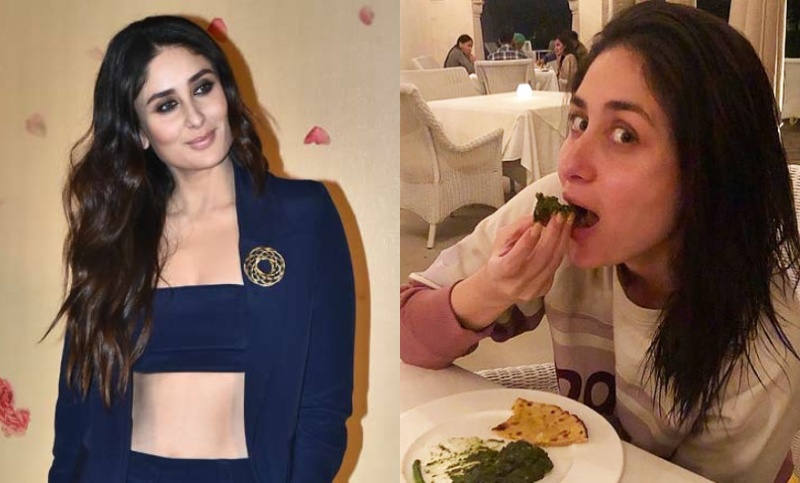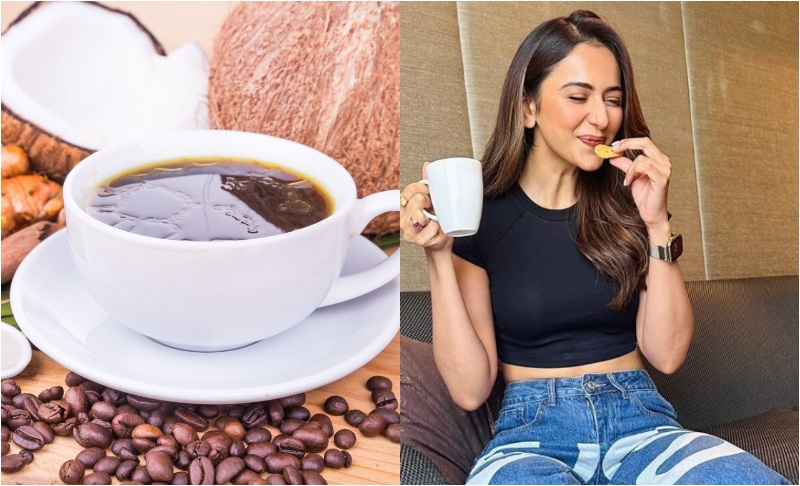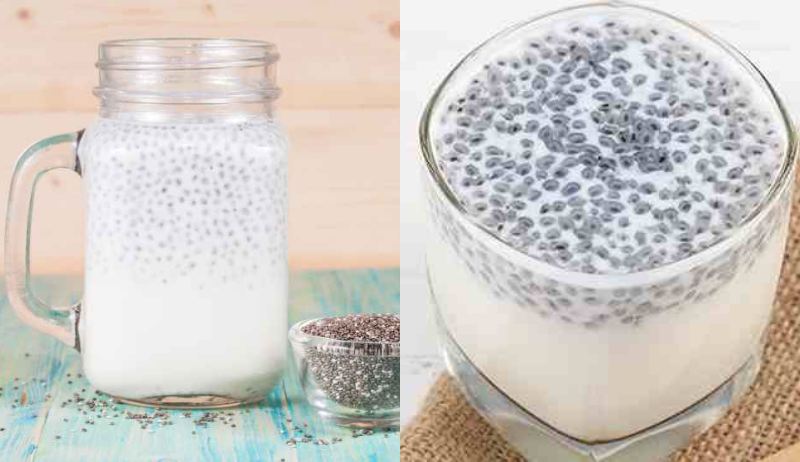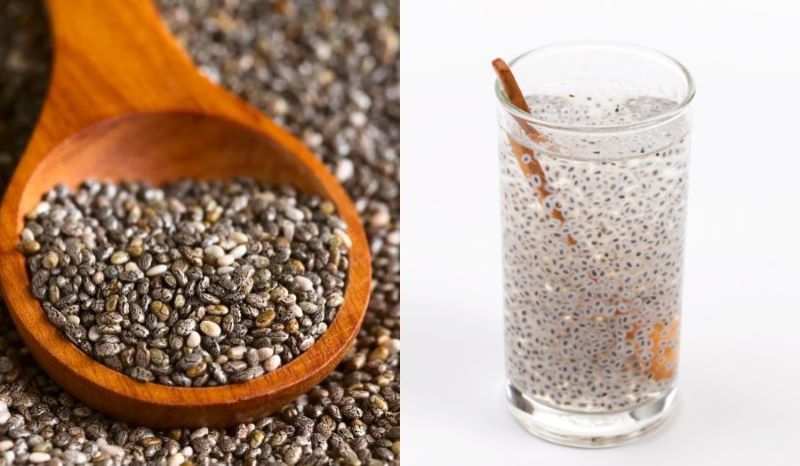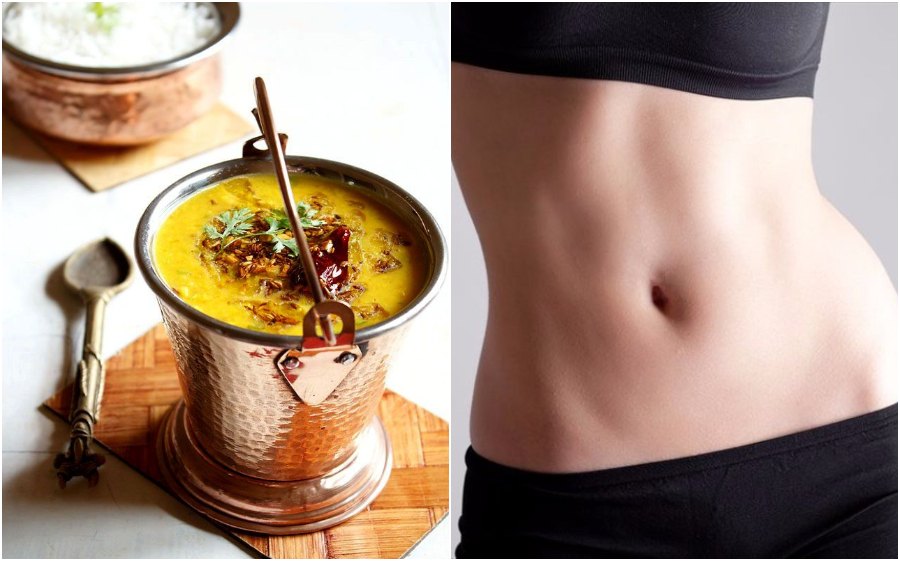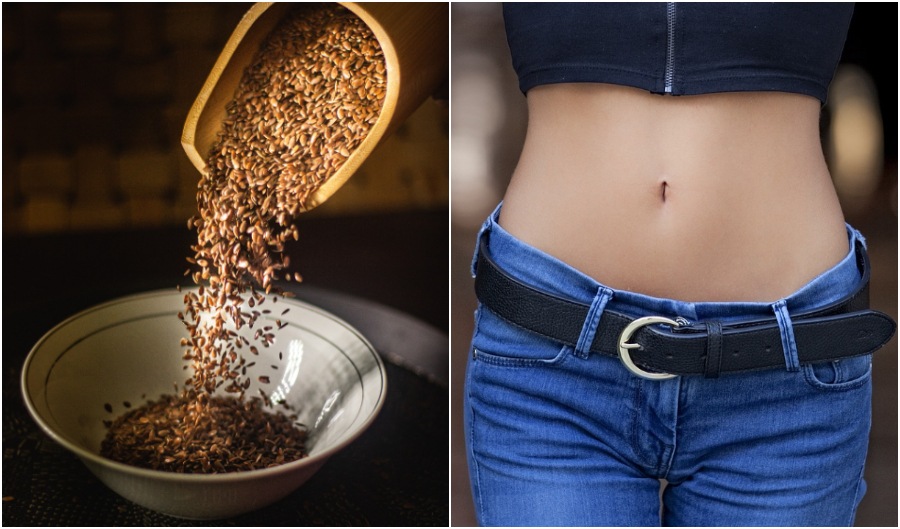Rice is a staple in South Indian cuisine and finds a place in almost every meal, from plain rice to biryani to a variety of snacks. South Indian weight loss strategies would be slightly different from the rest of the world because white rice is an indispensable part of the South Indian platter. Even our evening snacks like murruku (chakli), bonda, bajjis, etc., are majorly made from rice. Now, what’s wrong with rice? Nothing!

But the issue arises from our tendency to overconsume refined carbs. Our rice undergoes extensive polishing, which reduces its fiber and nutrient content, turning it into a concentrated source of carbohydrates. Consuming white polished rice, which is high in carbs and low in fiber and other nutrients, up to three times a day contributes significantly to this problem. High carbohydrate intake raises blood sugar levels. When blood sugar spikes, insulin clears it up, leading to a rapid drop in blood sugar levels, causing us to feel hungry again too quickly. So, as a weight loss strategy, it would be wise to have a balanced diet with the right amount of carbs, protein, fiber, healthy fats, minerals among other nutrients.
So, we need to put into practice some tips that would fit into the south Indian weight loss diet, where nutrition, flavour, and balanced meals are given a lot of priority.
5 Effective Tips For South Indian Weight Loss:
1. Practice Portion Control At Every Meal:
According to this article on Mayo Clinic, research has revealed that people tend to eat more food when they are offered large portions. So, it’s essential to practice portion control at every meal to curb appetite and cut down on calories at the end of the day. Since rice is a staple food in South India, eaten mostly for both lunch and dinner, portion controlling will help cut down carb intake and overall control calorie intake. Here are some effective tips to implement – try to measure out food, don’t go for second servings. Use a smaller plate to eat your meal, this would trick your brain into eating less food.
2. Cut Down on Deep-Fried Stuff:
A lot of our evening snacks are deeply fried in oil – fryums, murku, bonda, bajji, vadas, for example. When we deeply fry foods, we are overconsuming calories that seeps in through the oil. It would be a good idea to cut down on deeply-fried snacks and switch to healthier options like black chana chaat (black chickpeas), sweet potato chips, steamed corn, etc. These are healthy, nutritious, extremely filling, and low-calorie snacks that would boost your weight loss journey.
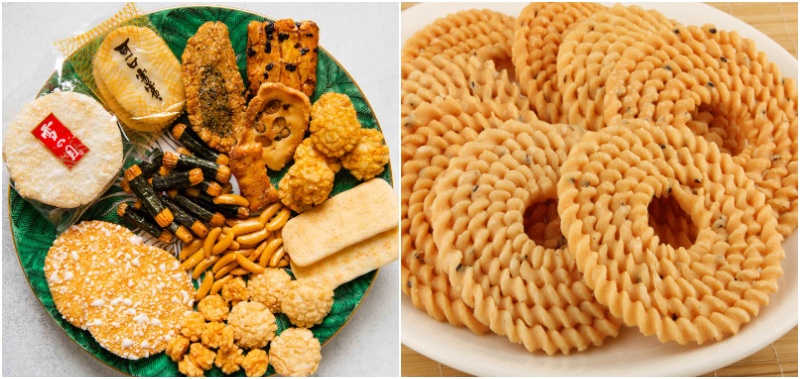
Also Read: 5 Best Fruits To Eat For Weight Loss
3. Any Form of Exercise or Walk For 1 Hour:
Being physical active is essential to weight loss. If you cannot hit the gym, then try any other form of exercise – yoga, skipping, zumba, dance workout, etc. The best way to start your weight loss journey would be to go on daily walks – try to complete a target of 10,000 steps in a day. Being physically active will acclerate your whole south Indian weight loss game.
4. Increase Water Intake:
This is a very basic, simple, yet effective strategy. People don’t realize that they could start losing weight by adequately hydrating themselves. Being dehydrated triggers signals in the body that seem like hunger pangs and rather than drinking a glass of water, people often tend to eat something to silence those signals. As everyone says, drink at least 8 glasses of water in a day and always carry a water bottle with you wherever you go.
5. Eat More Vegetables, Protein, and Fiber in Each Meal:
As a south Indian, we understand it’s not easy to give up on rice, but then you can increase veggies, dal, protein source like dal, paneer, tofu, chickpeas (veg) or fish, chicken (non-veg sources), and also fiber (through vegetables like green peas, cabbage, cauliflower, for example). When you eat more vegetables, protein, and fiber at each meal, you are cutting out the space for rice and making room for low-calorie nutritious food.
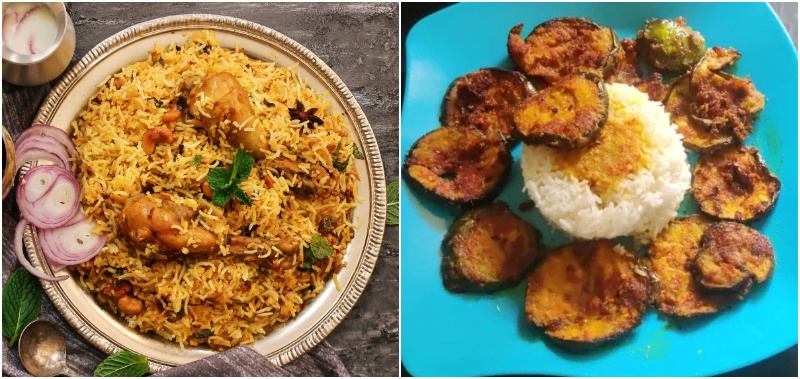
Remember, feeling hungry too often may indicate a lack of nutrition. Enhancing the nutritional quality of your meals can help curb appetite. When our food lacks essential nutrients, our bodies may crave more to meet daily needs. Include plenty of vegetables, a protein source (vegetarian or non-vegetarian), and fiber with each meal to promote satiety and reduce the risk of overeating.
Additionally, it would be beneficial to complete your dinner by 8 pm and aim for an early dinner. Also ensure you get a good night’s rest of at least 8 hours which is necessary to boost metabolism.
Disclaimer: All images used in this content have been sourced from Google Images and are intended solely for informational purposes. We do not claim ownership of these images and do not intend to infringe any legitimate intellectual right, artistic rights, or copyright. If you are the rightful owner of any images used here and wish to have them removed or credited differently, please contact us promptly.

